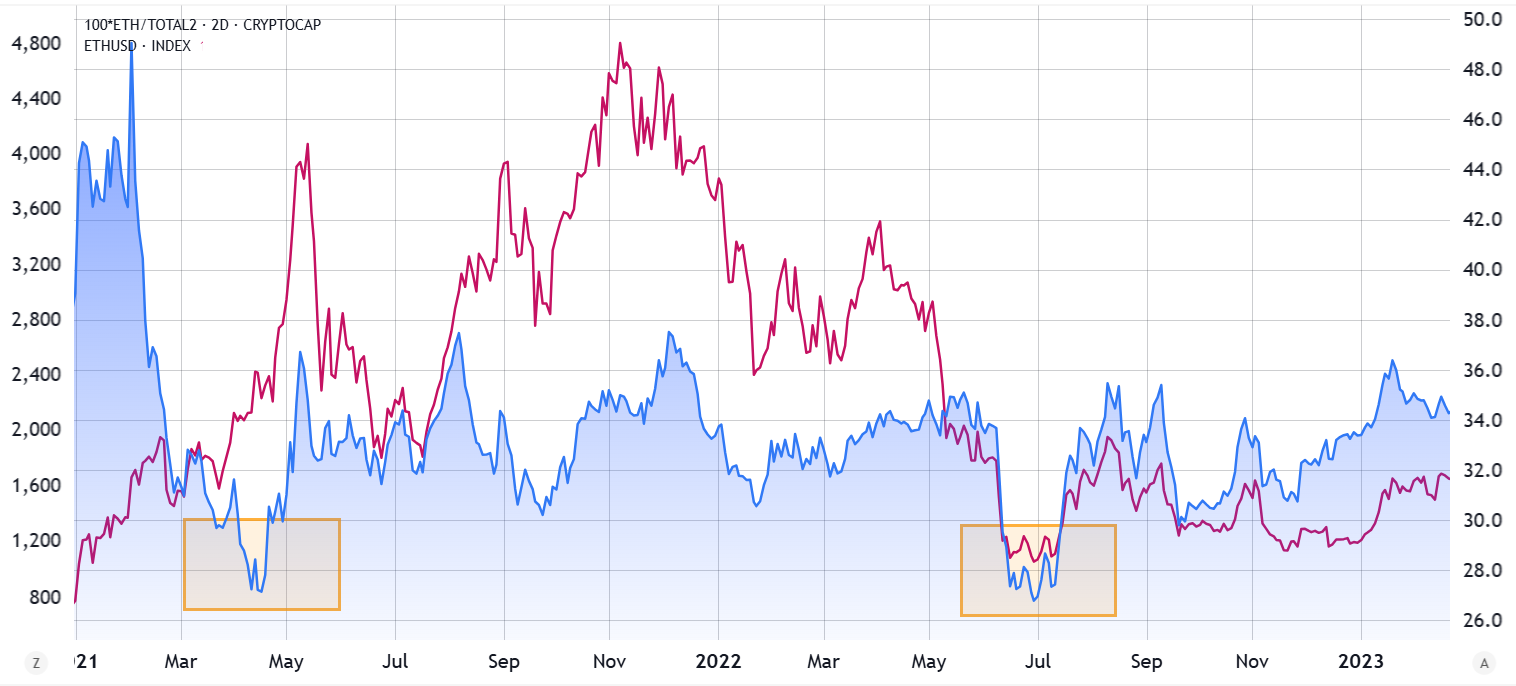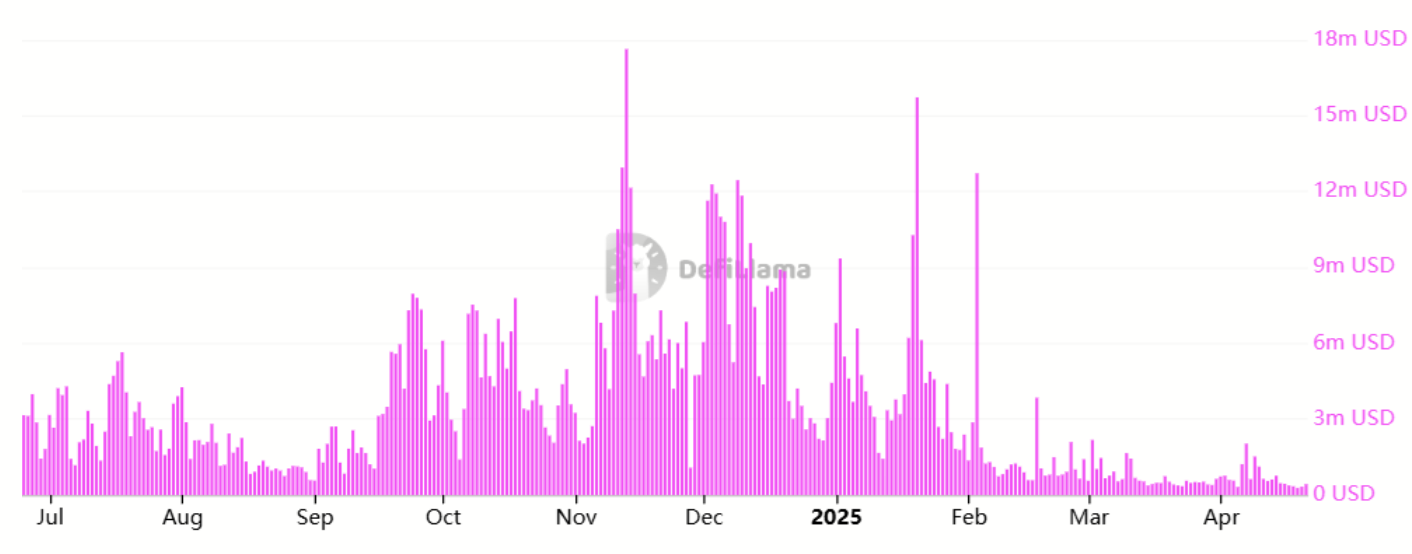
Ethereum Rebounds, But Uncertainty Lingers
The price of Ether (ETH) has climbed back above $1,700, marking a rebound after 16 days of downward pressure driven by macroeconomic uncertainty and a decline in onchain activity. While this upward trend is encouraging, ETH‘s performance compared to the broader altcoin market raises questions about its long-term prospects.
Despite the recent gains, ETH has underperformed the rest of the altcoin market by 23% year-to-date. Some traders maintain that ETH is poised for a ‘generational’ bull run, fueled by its decentralized and permissionless financial system. However, historical data and current market dynamics paint a more nuanced picture.

Challenges to Ethereum‘s Dominance
Ethereum, unlike competitors like Solana (SOL), Tron (TRX), and BNB (BNB), did not achieve a new all-time high in 2025. This has led some critics to argue that moving away from proof-of-work mining has weakened its competitive advantage.
Furthermore, the decline in Ethereum fees since January, now 95% lower than their peak, is another signal that demand for the Ethereum network is waning. This lack of demand contributes to ETH‘s inflationary nature, as the built-in burn mechanism struggles to offset the new coins issued for staking rewards.

Competition Heating Up
Despite being the clear leader in Total Value Locked (TVL), this metric hasn’t translated into increased demand for the Ethereum network or scarcity for ETH. As a result, investor enthusiasm for ETH is waning, while competitors like Solana and XRP are seeing renewed hope in the potential approval of their spot exchange-traded funds (ETFs) in the US.
Currently, only Bitcoin (BTC) and ETH have US-listed spot ETFs. The addition of other altcoins could potentially siphon off institutional demand, further impacting ETH‘s trajectory. This is evidenced by the $10 million net outflow from US-listed spot ETH ETFs between April 21 and 23, a period when similar BTC ETFs experienced record-breaking inflows.
Historical Perspective Casts Doubt
Historical evidence offers little support for a sustained ETH outperformance against its rivals. The recent ETH rally, like those in the past, could be short-lived.
For example, in June 2022, Ethereum‘s market share in the altcoin capitalization dropped to a low point of 26.5%, coinciding with a price decline below $1,100. A quick rebound to $2,000 by August 2022 was short-lived, as ETH fell below $1,200 within three months. A similar pattern emerged in April 2021, with ETH‘s altcoin market share bottoming out at 26.8%. After a surge to $4,200 in May 2021, the price plummeted below $2,000 just a month later.
These past patterns suggest that investors often take profits quickly, reducing the likelihood of a sustained bull run. The narrative driving ETH‘s price has evolved rapidly, from utility tokens to NFTs, AI, memecoins, and now RWA tokenization. While some analysts remain optimistic, others warn of a potential 15% drop relative to Bitcoin’s performance.
Conclusion
The recent ETH price rebound is a positive sign, but it remains uncertain whether this represents a ‘generational’ bottom or merely another short-lived rally. Historical patterns, the lack of strong fundamentals, and increased competition from rivals like Solana and XRP all suggest that ETH‘s future performance may be less than stellar. As always, investors should conduct thorough research and carefully consider all factors before making any investment decisions.



